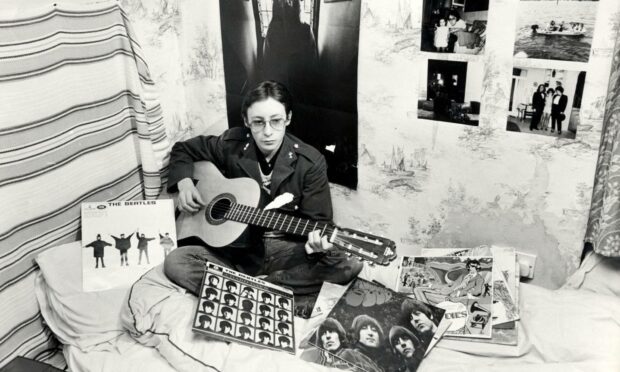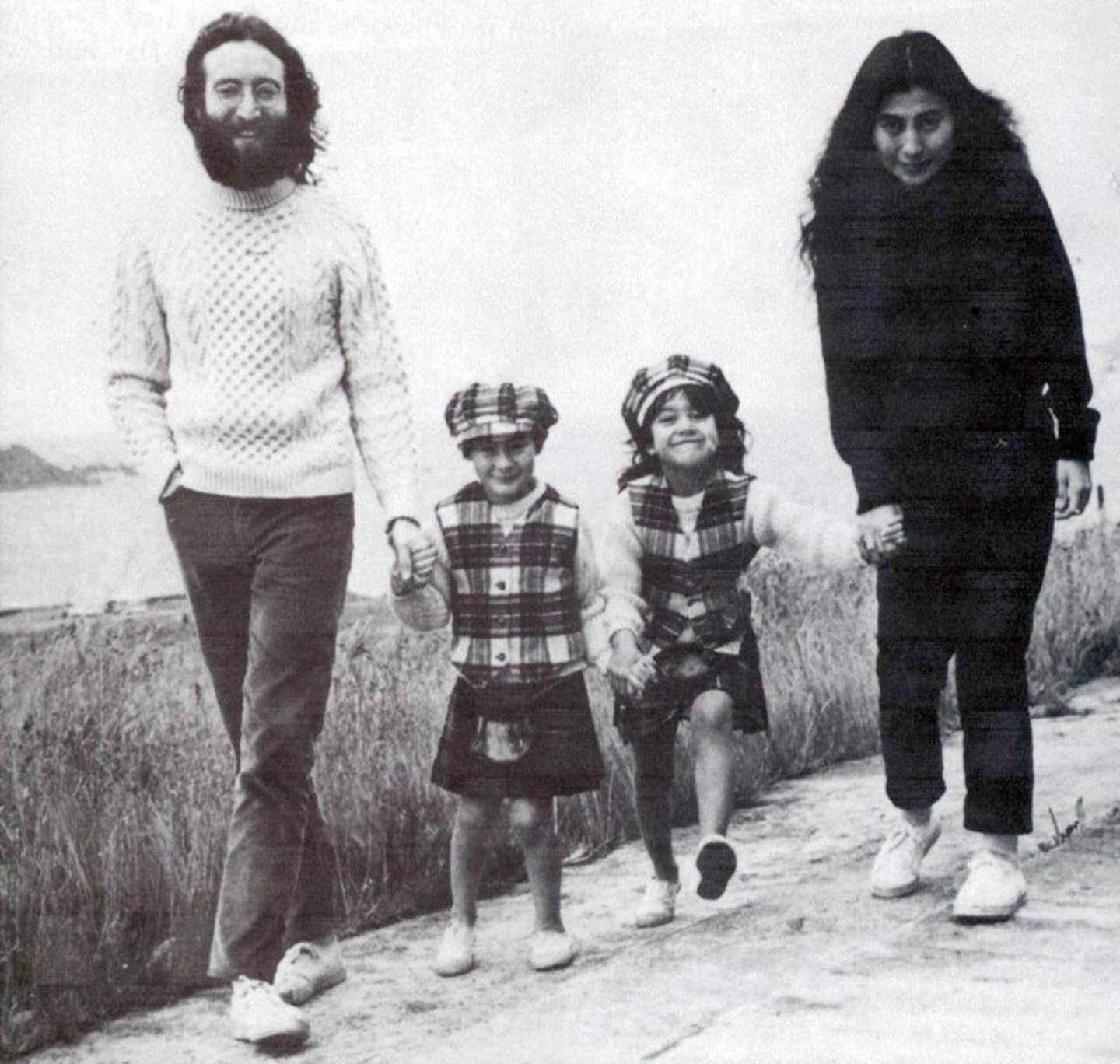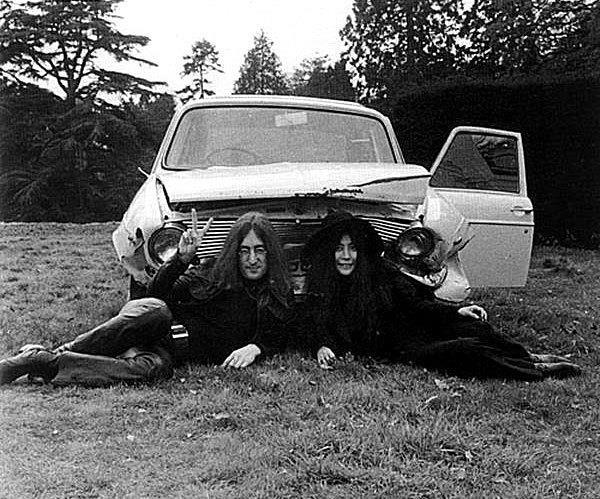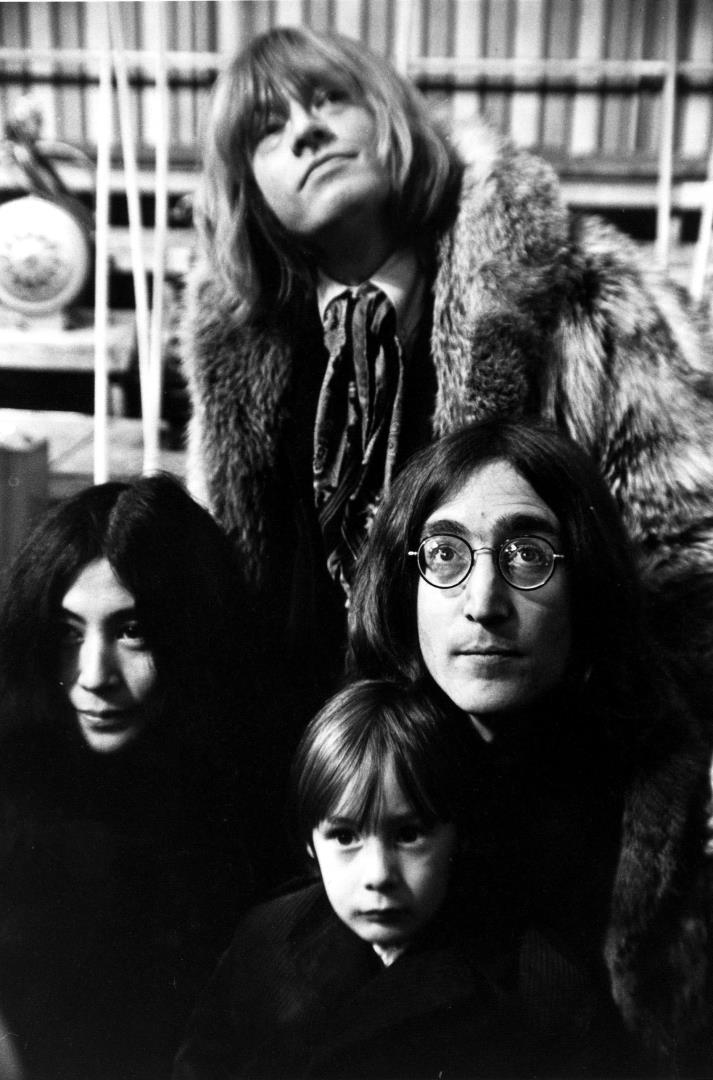John Lennon’s son Julian had a little help from beyond when the Lennon family’s Highland jaunt ended in a near-fatal car crash.
Julian’s late father’s love of Sutherland is well documented.
He spent many childhood holidays between the ages of nine and 14 staying with an aunt and cousins on their croft in Durness, overlooking Sango Bay.
It clearly meant a lot to him, because he returned in July 1969 with wife Yoko Ono and their children Kyoko and Julian.
The break came to an abrupt end.
Lennon crashed his car attempting to navigate Sutherland’s roads on a trip to Tongue.
He lost control of his Austin Maxi, driving it into a ditch.
He, Ono and Kyoko sustained cuts to the face and Ono’s back was injured.
They were taken to the Lawson Memorial Hospital in Golspie where Lennon was given 17 facial stitches, Ono 14 in her forehead, and Kyoko four.
Julian – in the news this week after selling Beatles memorabilia from his personal collection as non-fungible tokens (NFTs) – was unhurt and didn’t have a mark on him.
He was taken to stay with his aunt in Durness before his mother Cynthia escorted him back to London.
She asked him how he emerged unscathed.
He responded that his dead grandfather lifted him out of his seat just as the car crashed, to prevent him being injured.
Julian talked about the crash again in a forgotten, decades-old TV interview with Cynthia.
“I was the only one that wasn’t hurt in the crash,” he said.
“Everybody had a facial scar – dad had one along the bottom (of his face), Yoko had one at the top (of her face), and Kyoko had a gash (on her chin).
“But I didn’t have a cut on me at all.
“They were all knocked out and what did I say to you?”
“I remember it very clearly,” replied Cynthia.
“You said: ‘The reason mum that nothing happened to me was that grandad lifted me off the back seat just as the car was about to crash’.
“And you’d never met your grandad.”
John Lennon remained in hospital for five days, but he was not averse to speaking to reporters who turned up looking for interviews.
As he cheekily remarked: “If you’re going to have a car crash, try to arrange for it to happen in the Highlands!
“The hospital there was just great.”
A small scrap of paper — which the injured Beatle signed for a nurse — was a unique record of Lennon’s unscheduled stay at the Lawson Memorial Hospital.
Lennon gave up driving after the accident, hiring a chauffeur, and reportedly having the car’s carcass mounted on a pillar at his English estate.
That 1969 crash wasn’t Lennon’s first brush with danger on Scottish roads.
Ken McNab, author of The Beatles in Scotland, revealed the band had an accident during their first tour in 1960, when they were backing up singer Johnny Gentle as the Silver Beetles on a tour which took in Inverness, Nairn and Forres.
They were on their way to Banff when they had a car crash.
As McNab put it: “John Lennon began the ’60s with a car crash in Scotland and managed to end the decade with another car crash in Scotland.”
Durness Estate
Durness and the rest of Scotland had a profound impact on Lennon.
He was always calling himself Jock and Whistling Jock Lennon and, even when he was living in New York, he was searching for a house that would remind him of the croft.
Lennon made an offer for Durness Estate when it went on the market in 1974.
The musician was too late with his bid however and the estate, in north-west Sutherland, was sold to someone else.
Had it worked out, he and Paul McCartney would both have been Scottish landowners.
Stan Parkes was Lennon’s first cousin and oldest surviving relative.
It was Stan who, from 1947, began to document the Lennon family on camera.
Among his many photographs was one of Lennon with his first bicycle.
Stan died in 2016 aged 82 but he spoke about Lennon’s love of long summers in the Highlands on a rare trip back to Durness in 2007.
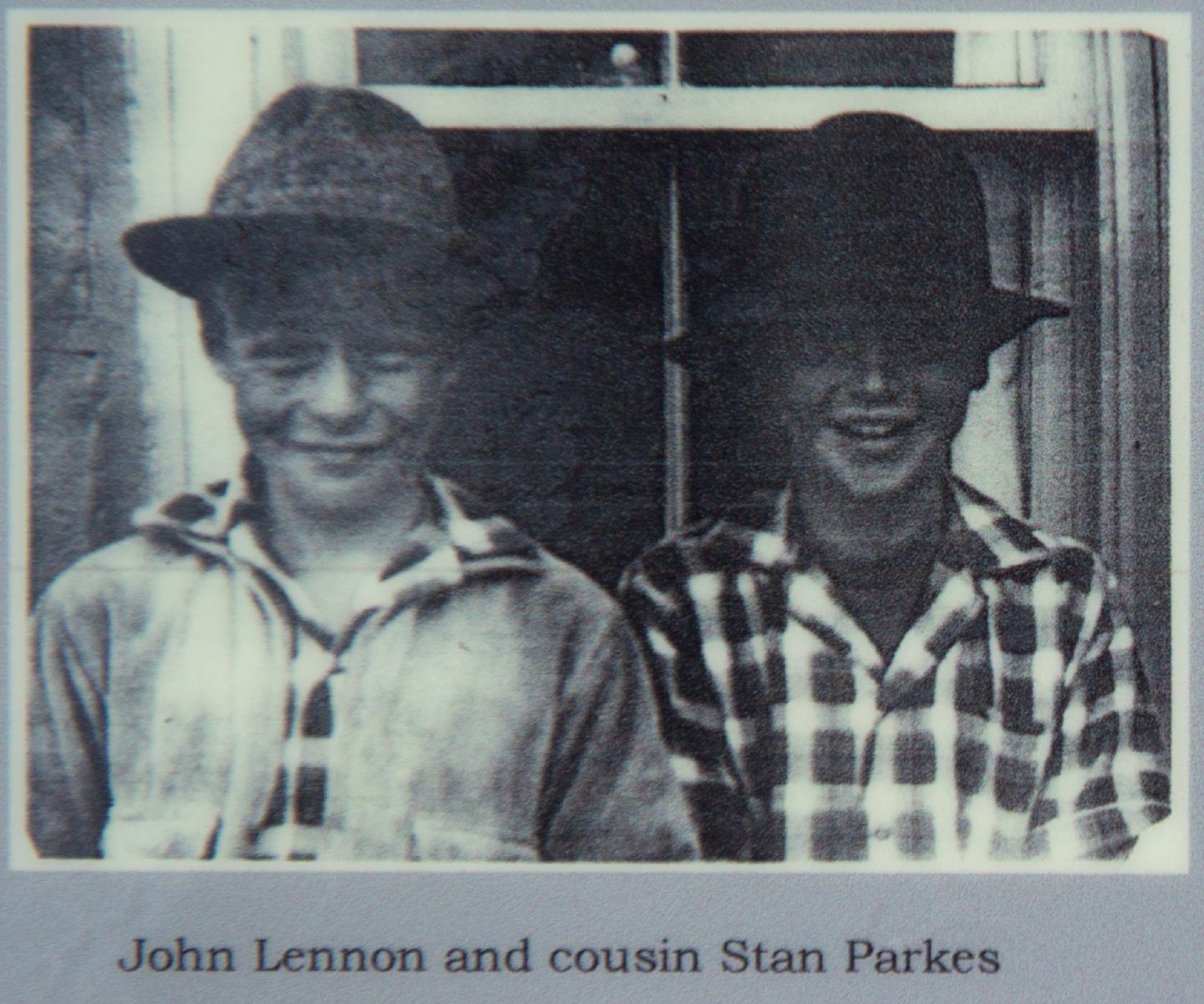
“We had some wonderful times there,” said Mr Parkes.
“We’d go fishing and swimming in the sea and walking over the hills.
“John would like to go up to the hills and write poems and draw pictures of the local crofts and the mountains.
“He really loved this place. He was often at his happiest here.
“Even towards the end of his life he tried to buy it, but he was too late with his bid.
“That’s what Durness meant to him. John wanted to own it.”
Lennon died in 1980.
More like this:
The Beatles: Long and Winding Road from Elgin to Aberdeen and Dingwall in 1963
The wind beneath his Wings: How Scotland inspired Paul McCartney after The Beatles split
Backbeat: Book charts sights and sounds of Aberdeen music scene
